Here's Why It's So Freaking Hard To Eat Well These Days

Food is delicious, fun, emotional, imperative and ― stressful as all hell. For many people, trying to maintain a healthy diet and exercise routine is a constant rollercoaster of successes, failures, “cheat days,” resets, guilt and confusion.
Why, even when we try our best, is it so difficult to just be healthy all the time?
Well, for starters, see above. Food is delicious. Temptation abounds, labels lie and our bodies all work in mysterious ways. When a man starts eating oatmeal and stops drinking brown liquor for three days to lose weight and it works, well, that’s enough right there to send a person (me) into a tailspin.
We know at our core what it means to be healthy. It doesn’t mean fad diets and it doesn’t mean quick fixes ― it means eating nutrient-filled foods and taking care of our bodies mentally and physically while maintaining balance and allowing ourselves things we love in moderation.
Sounds like a real piece of cake, eh?
But it’s more than that. When you take a look at the many elements fighting against us at all times, you might just find it’s time to give yourself a break. Of a Kit Kat Bar. Or an apple ― whatever. So, why is it so difficult to eat well?
Because junk food is scientifically irresistible.
We are born with a taste for both sweet and savory foods, and as Julie Kendrick reported for HuffPost in March, brands are quick to capitalize on that bodily fact. “Junk foods have picked up on that manufacturer-original-equipment we’ve been issued and figured out how to give us more and more of exactly the tastes we’re born wanting,” she wrote.
Because fast food ads are pulling a fast one on you.
Fast food ads have an impact on your brain not only through straight-up advertisements, but through product placements and on social media as well, and you might not even be aware of it.
The Food and Addiction Science and Treatment Lab at the University of Michigan is currently running a study on 180 teenagers to determine how fast food ads have an impact on the reward center of the brain. The ads for fast food they were shown proved more effective than other advertisements, and those who were most impacted were more likely to gain weight. “It’s hard for people to defend against because it’s not a conscious process,” Ashley Gearhardt, who is conducting the study, told HuffPost.
Because, duh, it’s expensive.
A slice of pizza costs less than $5. A fancy make-your-own salad can cost upward of $13. You do the math.
Because there’s a new “it diet” every other day.
Keto! Paleo! Whole30! Cabbage soup! It seems like everywhere you look, there’s a new way of eating that’s supposedly the best. It’s overwhelming, and it’s impossible to prove one way or the other. Keto, for example, has doctors and nutritionists torn between its effectiveness as a weight loss tool and its potential negative long-term impact.
Because even the healthy choice isn’t always that healthy.
When it comes to sugar, soda and candy are the most obvious culprits that come to mind. But sugar is hiding in healthier choices, too ― from sandwiches to smoothie bowls to coffee orders. Add to that the research that suggests sugar is more addictive than cocaine and the fact that too much sugar leads to health problems and, welp, you really can’t win.
Because honestly, some healthy foods are gross.
Cottage cheese is one of the healthiest foods you’re not eating ― call it a texture thing. Luckily, there are plenty of healthy, less bumpy foods to incorporate into your diet right this way.
Because you’re fearing the wrong things.
We’ve come a long way from the diet food craze, but there are still some foods ― namely fats ― that seem scary. “Good” fats like avocado, coconut oil and salmon are not only good for you, they’re important to eat in order to have a balanced diet.
But there’s such a thing as too much of a good thing.
According to one nutritionist, the right amount of avocado eaten per day is half of one. Excuse us while we re-evaluate every avocado toast we’ve ever eaten.
Because it’s hard to do on your own.
Making a choice to eat a healthier diet involves planning, willpower, time and commitment. Going it alone can feel overwhelming, and can actually be scientifically less effective. A 2013 Washington Post piece examined a study involving overweight and obese people with type 2 diabetes. Participants were randomly assigned to coaching and expertise either weekly or just three times in a year, and the results showed that those who participated weekly lost more weight and lowered health risks than those who had less coaching and support.
Time to phone a friend, folks.
Because it’s in your blood.
We can’t blame our parents for everything, including cravings, but studies show there is some evidence that suggests some genes influence a preference for sweet flavors while others influence a preference for savory. And those taste receptors, along with other genetic factors like metabolism and body mass index, have an impact on our cravings. Say it with me: THANKS, MOM AND DAD.
Ultimately, it takes time and dedication to eat well, and eating well looks different to everyone. The hope is that in laying out the road bumps ahead, you can not only be a little kinder to yourself, but also be mindful of them as they come up in your journey.
Related Coverage
The Pros And Cons Of The Keto Diet, According To Doctors And Nutritionists
How Much Sugar You’re Actually Drinking, From Green Juice To Lattes
5 Ways We’re Powerless Against Junk Food Marketers
Also on HuffPost
Olive Oil

Tuna
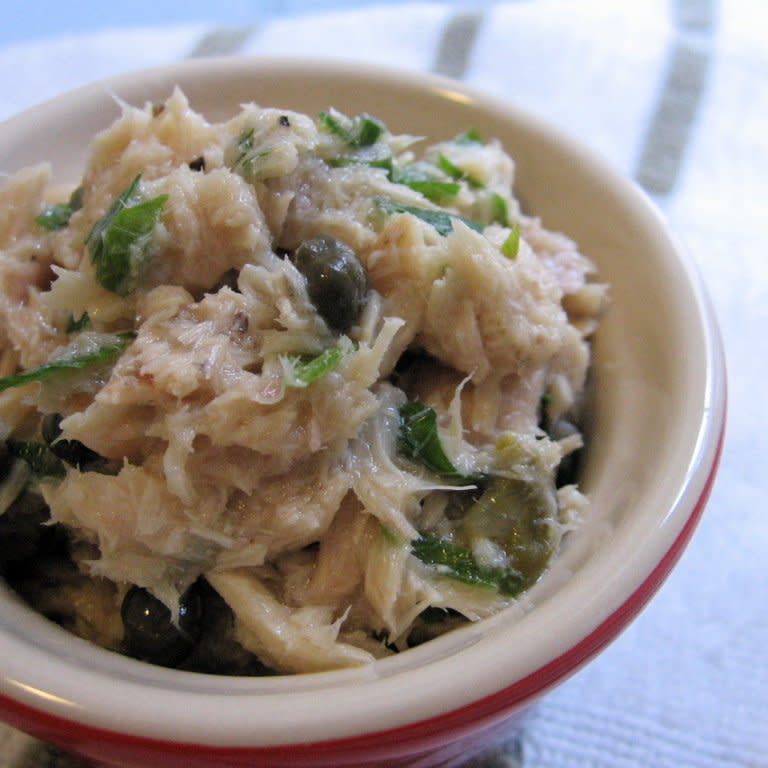
Broccoli

Raspberries
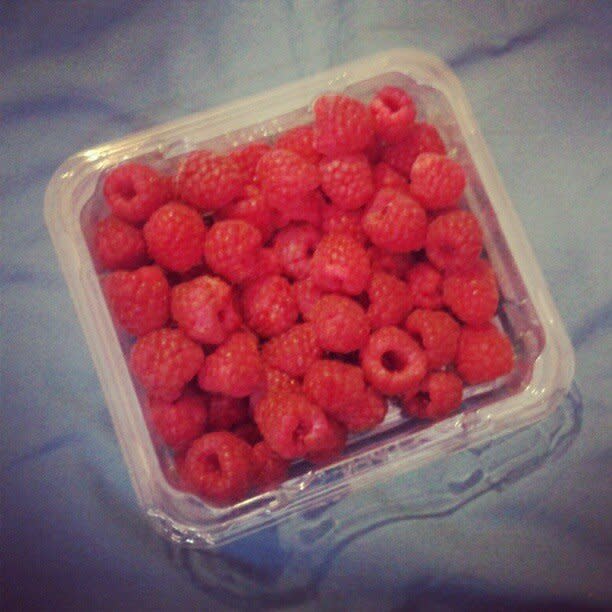
Walnuts

Chickpeas
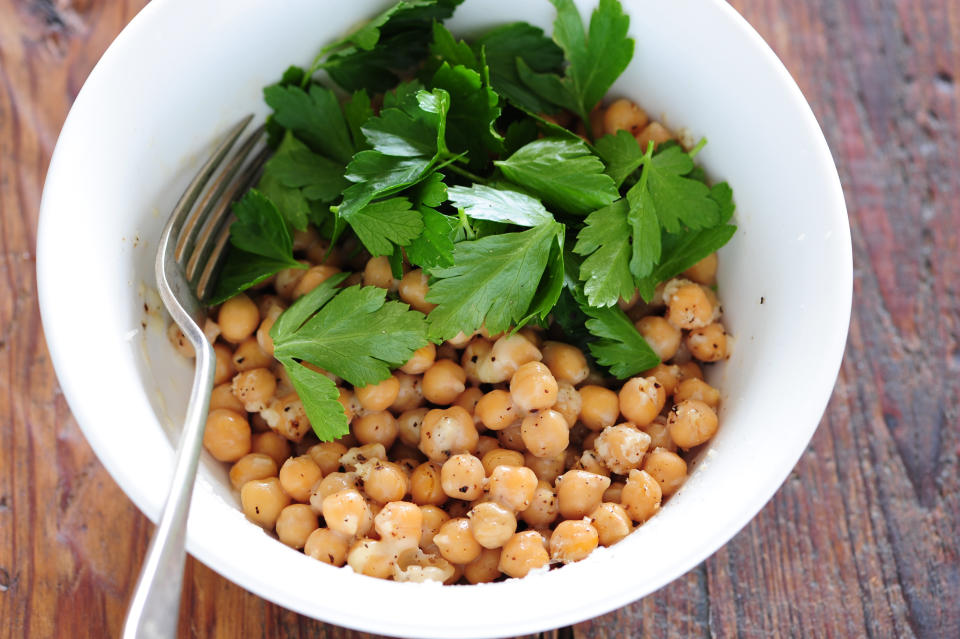
Brown Rice
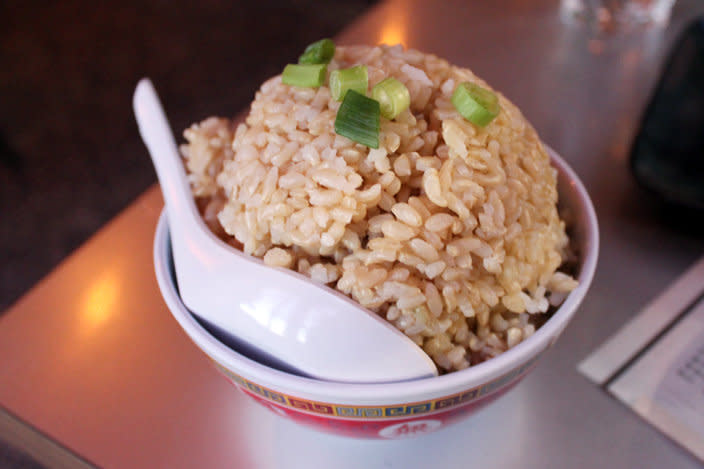
Spinach
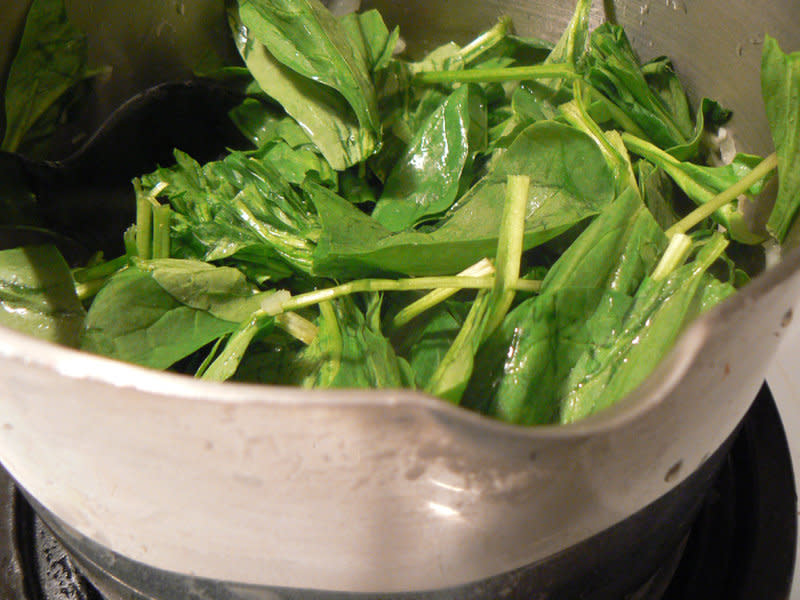
Blueberries

Lentils

Love HuffPost? Become a founding member of HuffPost Plus today.
This article originally appeared on HuffPost.

